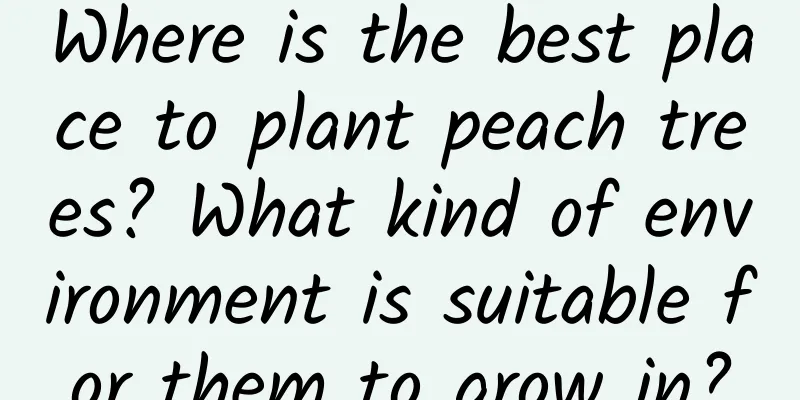What is the flower-raising white medicine?

1. What isThe small white medicine used for growing flowers is also called DX small white medicine. It is a medicine from Japan and is also commonly used in life, especially for succulents. This medicine has a very low toxicity. Its main ingredient is acephate, which can kill pests. This product is relatively stable, but it has a noticeable odor when it degrades. If you mind this when maintaining it at home, it is best not to use it. 2. How to use1. You can sprinkle the white medicine directly on the surface of the soil, which can kill the pests that appear on the surface. Note that the medicine must be applied evenly and sprinkled all around, not concentrated in one place. 2. In order to kill the insects inside, you can mix these small white medicines into the soil, which can kill the pests in the soil. Be sure to mix them evenly with the soil to ensure that all pests are killed. 3. NotesThis medicine is toxic, so you must be careful when using it. Do not touch it directly with your hands. Protect your mouth and nose when using it and do not injure these parts. Be sure to store it properly after use, especially if there are children at home. Never let children touch or eat it by mistake. |
<<: Why can't you grow flowers in a greenhouse?
>>: Why do we need to repot flowers every year?
Recommend
How to plant the fragrant vine
1. Temperature The fragrant vine grows best at te...
How to grow sugarcane?
There are two main varieties of sugarcane on the ...
The correct way to repot succulents
As the temperature becomes pleasant, many plant l...
How to grow Chinese evergreen so that it can bloom
1. Breeding methods: 1. Environment: If you want ...
When does the lily bloom?
1. Flowering period In fact, this plant can bloom...
Common varieties of maidenhair fern
Adiantum fanleaf The leaves are fan-shaped to irr...
What to do if rose leaves curl
1. Eliminate bacteria and cure diseases Cause: Us...
Are the tips of Chlorophytum comosum leaves always turning yellow? Add some "white pearls" to the soil, and the tender green lateral buds will be unstoppable
Of course, flower plants are divided into varieti...
Where do shiitake mushrooms grow? Where are the main production areas of shiitake mushrooms?
Shiitake mushrooms look like a small umbrella, co...
How to prune purple bamboo plum
Growing season pruning They grow rapidly during t...
What to do if the Phalaenopsis orchid flower wilts
1. Control watering Reason: Watering too much wil...
The propagation and maintenance of Polygonum erythrorhizon
How to reproduce red polygonum The common method ...
Difference Between Bell Pepper and Green Pepper
1. Shape distinction: 1. Sweet peppers look like ...
Where does Dendrobium officinale grow? Where does it grow? Where does it grow?
Growth habits of Dendrobium officinale Dendrobium...
Diseases of cherry blossoms and their prevention and treatment
Cherry Blossom Leaf Blight Symptoms This disease ...









